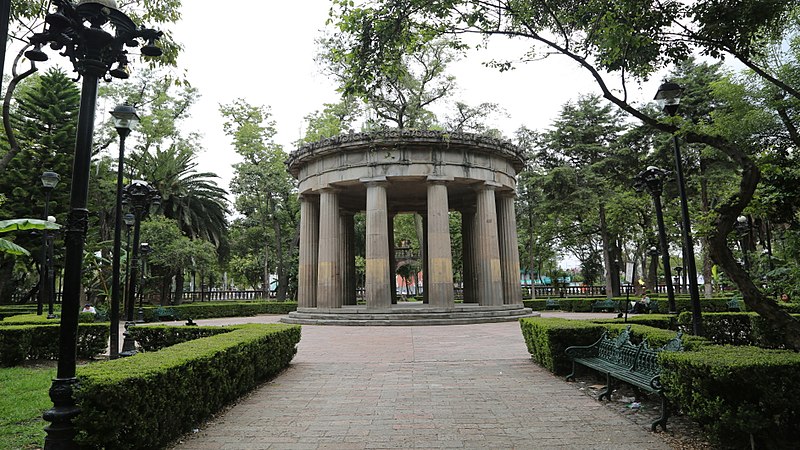
The Jardín de Santiago, like so many places in Mexico City, seems to have been established for no other reason than to defy your expectations. This is Tlatelolco, the massive complex of mid-20th-century housing blocks. This is the work of Mario Pani, the Faustian master-builder whose reputation soared and crashed more spectacularly than New York’s Robert Moses. Finally, this is the corner of two very busy streets, Paseo de la Reforma and R. Flores Magón.
Yet the Santiago garden remains a refuge not just of manicured walks and shady trees. It’s practically unknown even to Mexico City residents. It’s a well-used park. But like in so much of very public Tlatelolco, respectability here depends on discretion more than adequate room for your neighbors’ privacy. It’s just not easy to find this park crowded.
The park serves as a botanical garden, for this corner of the neighborhood. It’s home to some 62 species. Of these, only 11 are native to Mexico City. It was historically the garden of the Colegio de Santiago de Tlatelolco. The Colegio kept a garden here since the mid-16th century. An atrial cross was preserved from that garden.
Pani took charge of the park 1960. It was part of the overall plan for his Nonoalco Tlatelolco Urban Complex. That’s to say, it was integral to the overall project. A stone balustrade surrounds the entire garden. But on the southern edge, a wide stretch of sidewalk seems to keep traffic on R. Flores Magón at quite a distance.
Pani’s garden included a “monopteros colonnade” (pictured above) as a centerpiece. A phrase with which the emperor Cuauhtémoc described Tlatelolco is inscribed within:
“Here we place and settle in the way we found the great lagoon, permanently: its waves like silver and as shiny as gold, especially fragrant, here we founded our town of Tlatelolco”.
Today’s Jardín de Santiago is among the most pleasing of places to find oneself. The greatest surprise may be that even as so many people will visit the Plaza de las Tres Culturas on the other side of the monastery, very few will happen upon this garden. On the northwest corner of the Glorieta de Cuitláhuac, most guests will arrive from the Plaza or the Monastery. It’s always a convenient respite after a Sunday in the La Lagunilla market, just across Reforma.
Local.mx, Diego Cera: Jardín Santiago, un parque de Mario Pani entre los edificios de Tlatelolco
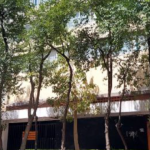
Nearest at 0.09 kms.
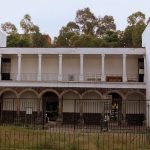
Nearest at 0.15 kms.

Nearest at 0.17 kms.
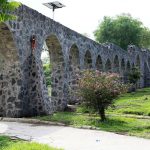
The remarkable legacy of mysterious 500-year-old olive trees...

The forest park of Tláhuac...
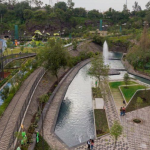
A former asphalt plant is reborn as a magnificent city park!

One of the Mexico City's oldest canals is restored and reinvigorated.
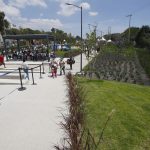
Once a forlorn barrier, today's Gran Canal park is uniting multiple neighborhoods.